REAL TIME MONITORING SYSTEM
GECO designs and provide with acoustic antennas for remote monitoring and the prevention of natural disaster.

TECHNOLOGY
Acoustic antenna
Equipment: n >= 3 sensor nodes deployed in a proper geometry in an area of ~ 100 x 100 m and equipped with infrasound and/or seismic sensors. The use of antennas instead of single sensor provide with an efficient noise removal and a proper 360° detection and interpretation of recorded signals also from remote.
Power supply: autonomous via solar cells or battery or the system can be connected to the mains.
Data transmission: in real time 24/7 with cellular or satellite network.
TECHNOLOGY
Monitoring system
Data elaboration and signal detection: in near-real-time and in automatic on a dedicated cloud server.
Data visualization and detections notification: via SMS and/or on dedicate web platform for control room and mobile users.
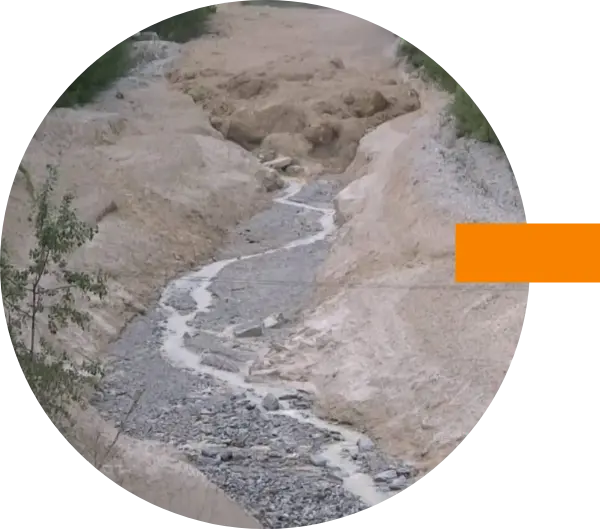
APPLICATION #1
Real-time monitoring and automatic early warning of debris-flow occurrence from remote
Debris flows constitute a severe natural hazard and studies are performed to investigate triggering mechanisms and to identify and evaluate early warning systems capable to promptly detect their occurrence.
The solution GECO provide with allows the effective detection of the early stage as well as the following evolution of the debris flow at a safe distance, hence offering the opportunity to automatically detect and timely alert the ongoing risk.
Equipment
The antenna is equipped with i) high sensitivity infrasonic sensors (infrasonic antenna) installed in a safety area < 3 km away from the starting zone and ii) a weather station to measure precipitation rates (data from existing weather stations can also be used if available).
Early warning approach
The debris flow detection criterion is based on the detection of heavy rainfall by the weather station and, in parallel, of possible infrasonic waves coming from the gully by the infrasonic antenna. Such a combined approach ensure high reliability of debris flow detection. The algorithm comes with standard thresholds coming from literature but more robust and site specific thresholds can be configured following event registration
MONITORING SOLUTIONS
Infrasound real-time monitoring and early warning of Lava fountain and pyroclastic flows
The use of infrasonic antennas at distances of several km from the eruptive vents allows the explosive activity to be effectively and safely monitored.
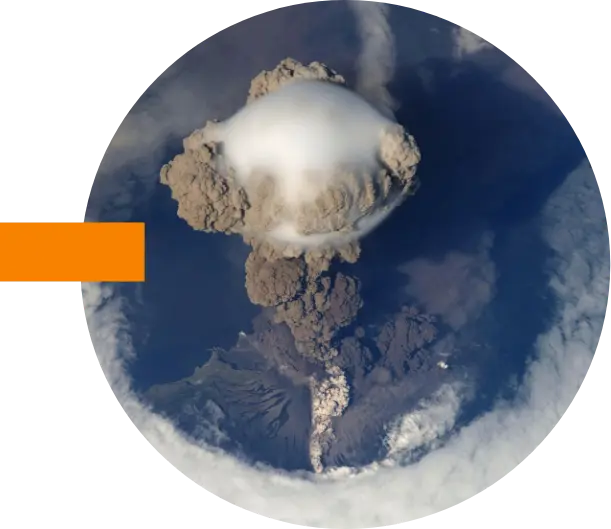
How the monitoring system for volcanoes works

Infrasonic sensor
Monitors the blast resulting from a material shift
Calculation algorithm
It collects signals from sensors and calculates whether or not there is a possible risk
Early warning platform
It shows the collected data providing information on the possibility of landslides and slides

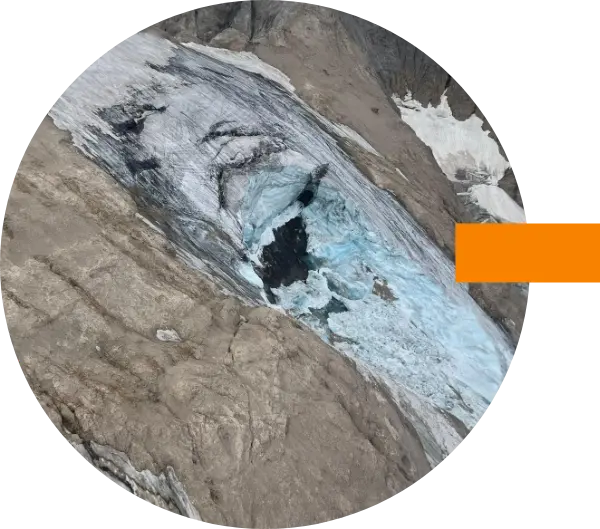
APPLICATION #2
Real-time, continuous monitoring of glaciers fronts from remote
The melting of glaciers is a very topical issue that can have a strong impact on the safety of mountain areas during the summer periods with a strong tourist presence (e.g. Alpine arc) and innovative monitoring techniques are strongly requested by local administrations to predicted and mitigated the risk. Glacier front emits infrasonic waves related to Ice calving and/or water discharge which can be detected at distances of few to several km. The acoustic antennas can complement other techniques to remotely and passively get insights into glacier dynamics with high temporal and spatial resolution.
Monitoring system
The acoustic antenna is equipped with high sensitivity infrasonic sensors and installed at a distance of 1-3 km away from one or more glacier fronts. The analysis algorithm allows to detect in real time 24/7 the signals related to ice calving and water discharge during the periods of melting.
Application
The infrasonic activity detected by the antenna during several seasons should correlate with the temperature trend and therefore reflect the extent of the specific seasonal water outflow of each front. After a first phase of monitoring and data analysis with independent measurements and models, the acoustic antenna can be used to monitor H24 7/7 the critical issues associated with sudden or anomalous variations in the water flow.

MONITORING SOLUTIONS
Real-time monitoring of Avalanche
Infrasound measurements can help in gaining more insights into glacier dynamics, with high temporal and spatial resolution. As such, the detection and identification of inaudible sound complements other (remote) monitoring techniques.
How the avalanche monitoring system works

Infrasonic sensor
Monitors the blast resulting from a material shift
Calculation algorithm
It collects signals from sensors and calculates whether or not there is a possible risk
Early warning platform
It shows the collected data providing information on the possibility of landslides and slides
TECHNOLOGY USED
The advantages of an infrasonic system
Infrasonic sensor
Other sensors
Remote data analysis
Yes
Yes
Remote installation
Yes
Not always possible
Ease of maintenance
Easy
Complex
Network connection and power supply
Easy
Complex
Request more information
Fill out the form with a request or call us
